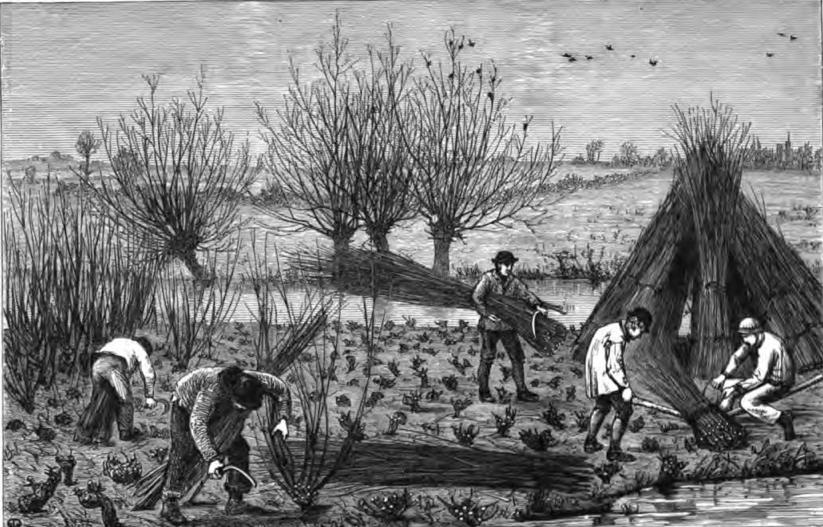Osier Bed on:
[Wikipedia]
[Google]
[Amazon]

 An osier bed is where historically willows were planted and
An osier bed is where historically willows were planted and
 An osier bed is where historically willows were planted and
An osier bed is where historically willows were planted and coppiced
Coppicing is a traditional method of woodland management which exploits the capacity of many species of trees to put out new shoots from their stump or roots if cut down. In a coppiced wood, which is called a copse, young tree stems are repeated ...
to produce withies
A withy or withe (also willow and osier) is a strong flexible willow stem, typically used in thatching, basketmaking, gardening and for constructing woven wattle hurdles.
, which were used for basket making, fish-traps, and other purposes. The willow species ''salix viminalis
''Salix viminalis'', the basket willow, common osier or osier, is a species of willow native to Europe, Western Asia, and the Himalayas.Meikle, R. D. (1984). ''Willows and Poplars of Great Britain and Ireland''. BSBI Handbook No. 4. .Rushforth, K ...
'', known as the "common osier" was typically, although not exclusively, grown for this purpose. The marshy fringes of rivers, especially those which were often flooded and those with small islands, aits, eyots, or holts, were the most common locations for osier beds. Willow rods (cuttings) would be planted, which root easily in moist ground, and the growth of the willow withies would be cut every one or two years.
Osier beds and basket-weaving using willow were a significant industry in Great Britain until the early 20th Century, when industrial machinery and the import of cheaper materials made them unprofitable and commercially unviable.
References
{{Agri-stub History of forestry